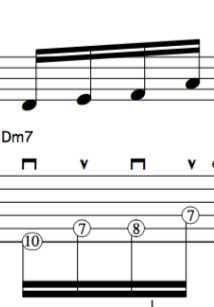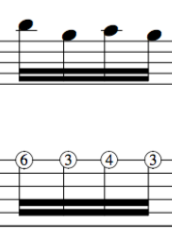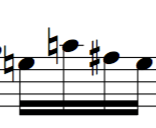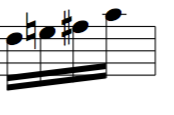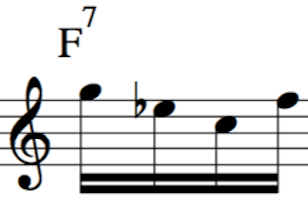Harmonising the Dorian Mode video: Please watch for explanation:
In the exercises below you will see how to make the dorian mode sound “Jazzy”. We do this by harmonising the scale [Mode] in chords made of 4ths.
Not all are perfect 4ths though as you will see in the example below:
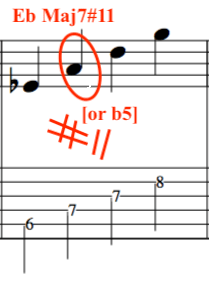
Here is the Dorian mode harmonised in 4ths. This use of 4ths creates what is known as quartal harmony.
C DORIAN MODE HARMONISED IN 4THS [QUARTAL HARMONY]
 C DORIAN MODE BROKEN UP INTO 4THS
C DORIAN MODE BROKEN UP INTO 4THS
 C DORIAN MODE “CHORDAL PICKING” IN 4THS
C DORIAN MODE “CHORDAL PICKING” IN 4THS
 For more on the dorian mode, quartal harmony and modal jazz in general take a listen to the great Jazz pianist Mcoy Tyner.
For more on the dorian mode, quartal harmony and modal jazz in general take a listen to the great Jazz pianist Mcoy Tyner.
Thanks for reading! If this Blog was of interest to you then please subscribe to our youtube channel below,
 CLICK SUBSCRIBE!
CLICK SUBSCRIBE!

